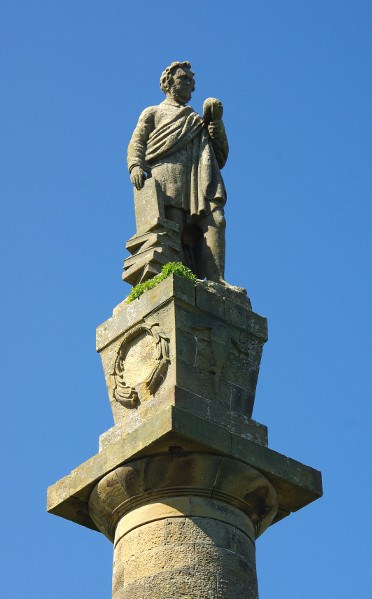Meet the Friends
We are a diverse group more than 100 strong, united by an interest in Hugh Miller, Scottish geology and a love of Scotland's beautiful, varied landscapes. Our committee and membership live all over the UK, as well as further afield in Europe, Australia and the United States. We love to explore the natural world, whether it be in fossil-hunting, hill-walking, mountain-climbing, fishing, beachcombing, or learning more about our earth's tumultuous history, just as Hugh Miller did nearly 200 years ago.
More than 20 members of the Friends are Hugh and Lydia Miller's direct descendants. We have amongst us committed private fossil collectors, professional geologists, a stonemason or two, a gold prospector, embroiderers and other craftspeople. In our ranks are novelists, natural historians, journalists, photographers, story-tellers, poets, artists, and musicians. For lots of members, being one of us is simply a matter of treasuring the "wee toun" of Cromarty, and its culture and traditions.
The Friends of Hugh Miller have a mission in three parts: We exist first and foremost to support the Hugh Miller Museum and Birthplace Cottage, the National Trust for Scotland's 5-Star rated visitor attraction in Church Street, Cromarty, in every way we can.
Our second mission is to encourage discovery and appreciation of Hugh Miller's work and legacy, not only though visits to the Museum, but by participating in our many awareness-raising activities.
Our third goal is to create a living legacy for Miller. We do this by setting up a series of opportunities and events for people to directly engage with the natural world, as Miller so loved to do in his time.
Why not Join Us today? We are a focal point where earth science, arts and literature meet.
Please see the pages Who we are and What we do for details.
